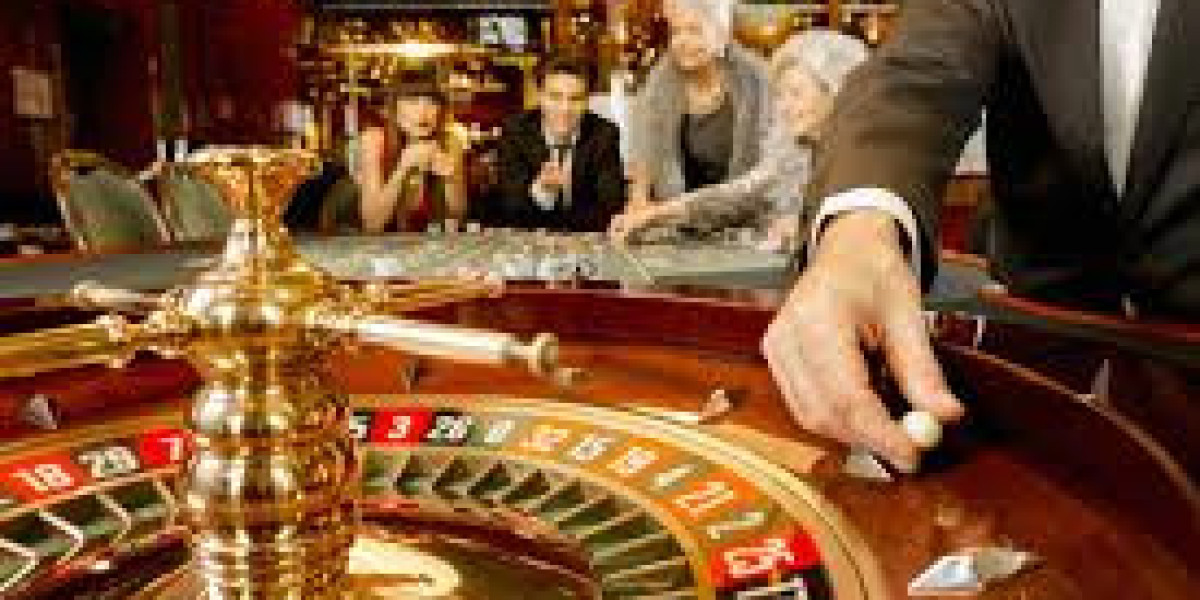Baccarat may have a reputation as a high-stakes game for the elite, casino but it's actually one of the easiest casino (atuttavita.com) games to learn. With a very low house edge and casino (please click the following internet site) minimal decision-making, it's an appealing option for all skill levels.
The Objective and Basic Rules
The game involves a simple comparison between two hands, the "Player" and the "Banker". The aim is to wager on the hand—Player or Banker—that will end up with a higher score. Your betting options are simple: Player win, Banker win, or a Tie between them.
How Points are Calculated
- Cards 2-9: Are worth their face value.
- 10s, Jacks, casino Queens, and Kings (Face Cards): Are worth zero points.
- Aces: An Ace is valued at 1.
The score of a hand is the rightmost digit of the sum of the cards. A 7 and an 8 would total 15, so the hand's value is 5. If the Player or Banker is dealt a total of 8 or 9 on the first two cards, it's called a "natural" and the round ends.
Understanding Your Options
Your involvement ends after you place your bet. The game proceeds based on a predetermined set of drawing rules. Understanding these three bets is key to playing smart.
| Option | House Edge | What to Know |
|---|---|---|
| The Banker Bet | Just over 1% | This is statistically the best bet in baccarat. It wins slightly more often than the Player bet. Winning Banker bets are subject to a 5% commission, but it's still the most favorable wager. |
| Bet on Player | Around 1.24% | This is also an excellent bet with a very low house edge. It pays out at even money (1 to 1) with no commission. |
| Bet on a Tie | Very Poor (14.36%) | Never make the Tie bet. The probability of it occurring is very low, and the house advantage is huge. |
The optimal strategy for baccarat couldn't be easier: always wager on the Banker. It might seem repetitive, but it is the mathematically soundest way to play the game. With its elegant pace and player-friendly odds, it's easy to see why baccarat remains so popular.








